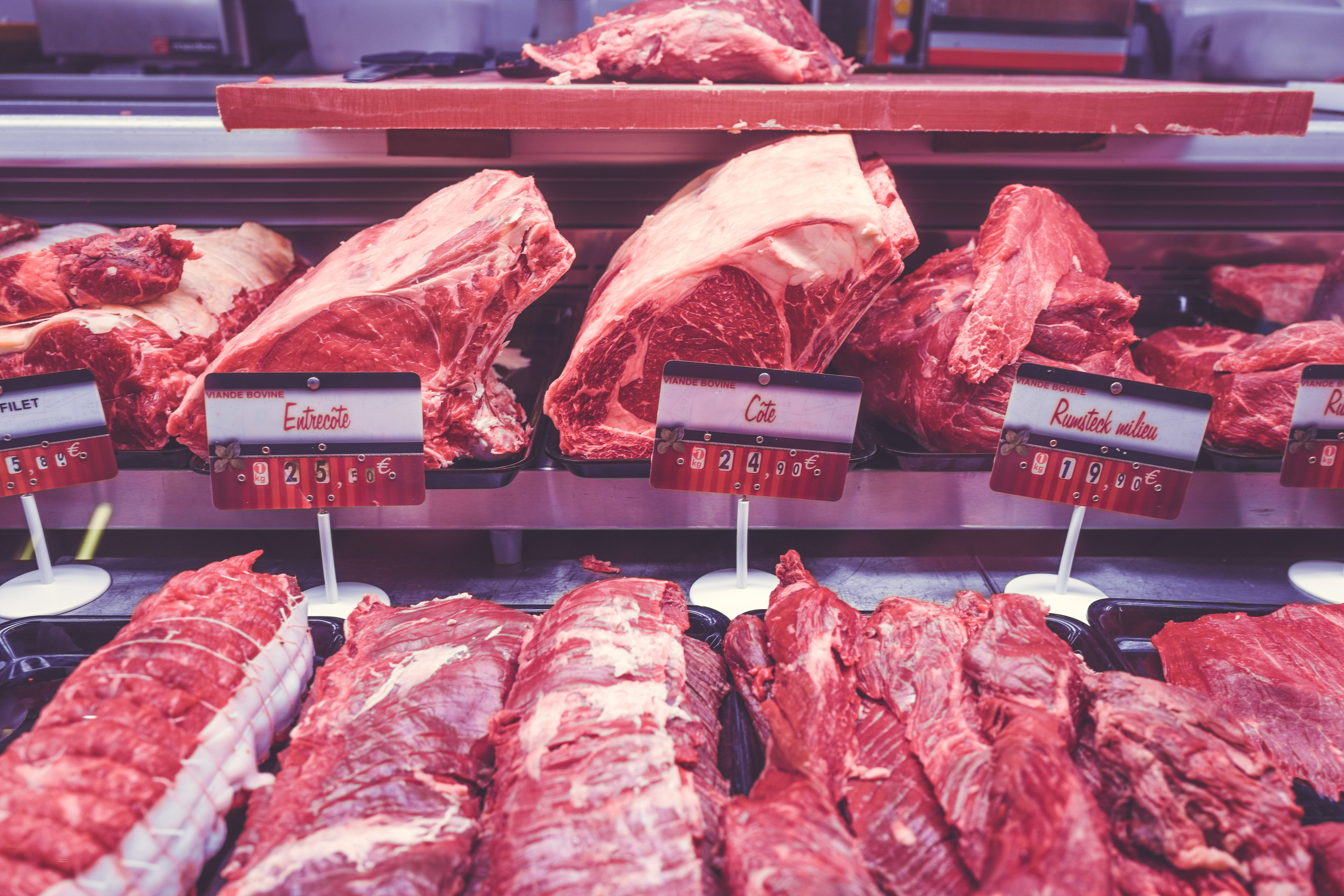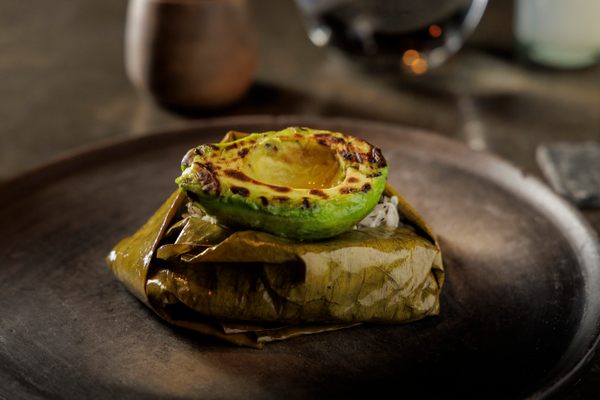The Prevailing Theory Behind Meat Sweats
It’s not just you.

It always happens unexpectedly. It can hit when you’re chowing down on a huge Döner kebab, a mountain of beef stir-fry, or a second helping of steak. You begin to perspire profusely, uncontrollably, to the point where your shirt is drenched. It’s not hot in the room—at least, it wasn’t a minute ago. So what’s causing this mysterious bout of sweating?
The peculiar phenomenon of meat sweats plagues competitive eaters and casual carnivores alike. It’s ingrained in pop culture: Characters on sitcoms (Friends) and reality television shows (Man vs. Food) alike have succumbed to sudden, meat-induced sweating fits.
While it’s widely accepted among meat-eaters in fact and fiction that these uncomfortable sweats do indeed happen, the phenomena has yet to be definitively confirmed by scientists. But research about food’s thermic effects suggest that meat sweats are a verifiable thing.

The thermic effect of food (TEF) refers to the energy your body requires to absorb and digest food. When your body breaks down nutrients, it produces up to 30 percent more heat over its normal resting level. Usually, the change in your body temperature is slight. But what you eat has a huge impact on this process. Depending on the meal, it could lead to higher core body temperature and, perhaps, sweating.
Here’s where meat comes in. Compared to other macronutrients like carbohydrates and fat, protein is the toughest for the body to break down. Digesting lots of (protein-rich) meat requires lots of energy, which creates more heat. This is the alleged cause of the meat sweats.

This idea corroborates one study in which scientists concluded that the body heat produced after a meal leads to a temporarily increased metabolic rate, known as postprandial thermogenesis. They found that postprandial thermogenesis increased 100 percent when subjects were placed on a high-protein and low-fat diet, compared to a high-carbohydrate and low-fat diet. Another study suggests that this process starts even before we digest protein-rich foods: The researchers found that during the cephalic phase of eating—meaning when stimuli such as sight and smell cause acids to secrete in the stomach—people had a greater response to a meat meal than a fish meal. This means just looking at meat may be the first step toward meat sweats.
Dissenters argue that the confluence of eating quickly and adrenaline is what results in perspiration, especially in the case of competitive eaters. Still, the consensus seems to be that the way to avoid sweating (without avoiding meat) is to opt for fattier cuts such as T-bone steaks. Lean cuts, by contrast, have a higher TEF. At the very least, it’s something to keep in mind as you reach for seconds (or thirds) of ham at the holiday dinner table.
Gastro Obscura covers the world’s most wondrous food and drink.
Sign up for our regular newsletter.
























Follow us on Twitter to get the latest on the world's hidden wonders.
Like us on Facebook to get the latest on the world's hidden wonders.
Follow us on Twitter Like us on Facebook